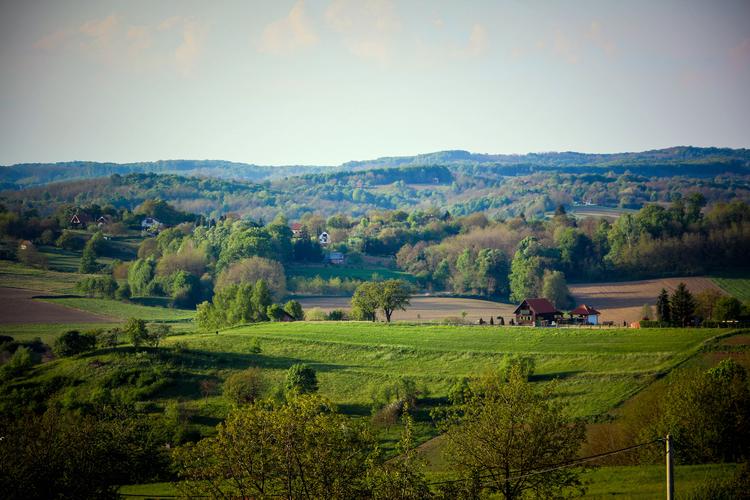India is one of the most diverse countries in the world, with a rich cultural heritage spread across its vast land. The country has been a witness to many dynasties that have left a lasting impact on its culture, traditions, and customs. This has given rise to a unique blend of tangible and intangible cultural heritage, which speaks volumes about India’s rich past.
The Intangible Cultural Heritage of India includes traditions, rituals, oral expressions, knowledge, and skills passed down from generation to generation. These are the intangible elements that define India’s culture and are invaluable assets of the country. They reflect India’s diverse and rich cultural history, and showcase the country’s unique cultural identity.
India’s Intangible Cultural Heritage has been classified into 13 categories by UNESCO- Oral traditions and expressions, performing arts, social practices, rituals and festive events, knowledge and practices concerning nature and the universe, traditional craftsmanship, knowledge and skills to produce traditional crafts, food traditions, music, dance, theater, puppetry, and storytelling. These categories are broad and cover a wide range of traditions and practices found in India.
Oral traditions and expressions are a major part of India’s Intangible Cultural Heritage. They include folk songs, epic tales, myths, and legends. These have been passed down from generation to generation orally and are still a significant part of the country’s cultural fabric. Performing arts are another vital part of India’s cultural heritage. The country has a rich tradition of classical dance forms, including Bharatanatyam, Kathak, Kuchipudi, Manipuri, and Odissi. Each dance form has its unique style, costume, and music.
India’s social practices are also an integral part of the country’s cultural heritage. These include community practices, such as joint families, worship of ancestors, and traditional healing practices. Festivals and rituals are celebrated throughout the country, and each region has its unique customs and traditions. India has several food traditions, each with its unique flavor and style of cooking. Traditional crafts like weaving, pottery, and embroidery play an important role in India’s culture and history.
Music, dance, and theater are intertwined and have been an essential part of India’s cultural heritage. The country has a vast repertoire of classical music forms like Hindustani and Carnatic music, and each has its unique style and vocal texture. Puppetry is another traditional art form that can be traced back to several centuries in India. Different regions have their unique styles of puppetry.
Storytelling is an age-old tradition and has been a vital part of India’s cultural heritage. It involves narrating tales that have been passed down from one generation to another. These stories have moral values and lessons for the listeners.
In conclusion, India’s Intangible Cultural Heritage is a treasure trove of traditions and practices that have been passed down from generation to generation. It reflects the country’s unique cultural identity and showcases the country’s rich past. India’s diverse and colorful cultural heritage is a source of inspiration for people across the world and brings people together. It is a reminder that culture is a living entity and must be cherished and preserved for future generations to come.
(Note: Do you have knowledge or insights to share? Unlock new opportunities and expand your reach by joining our authors team. Click Registration to join us and share your expertise with our readers.)
Speech tips:
Please note that any statements involving politics will not be approved.
